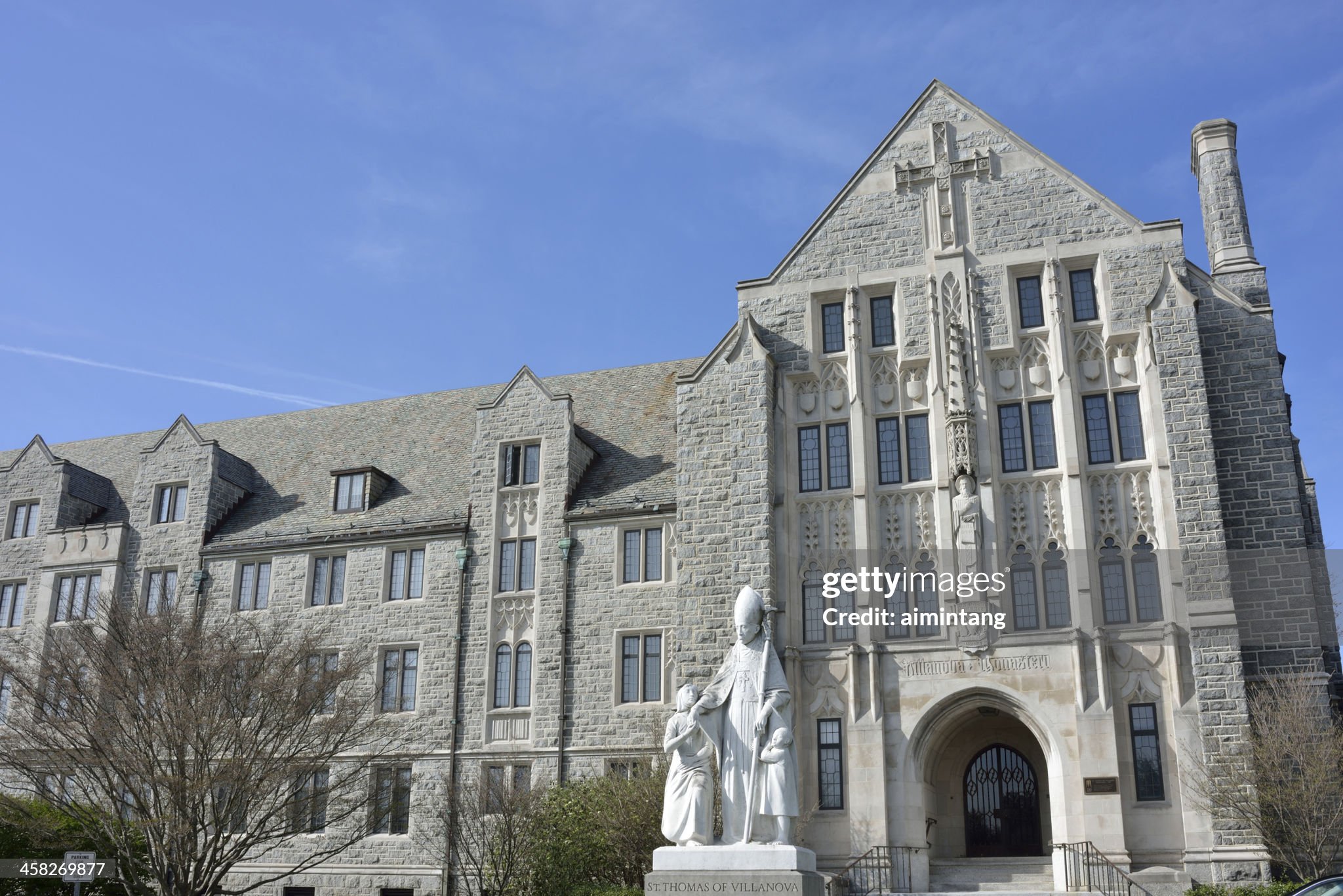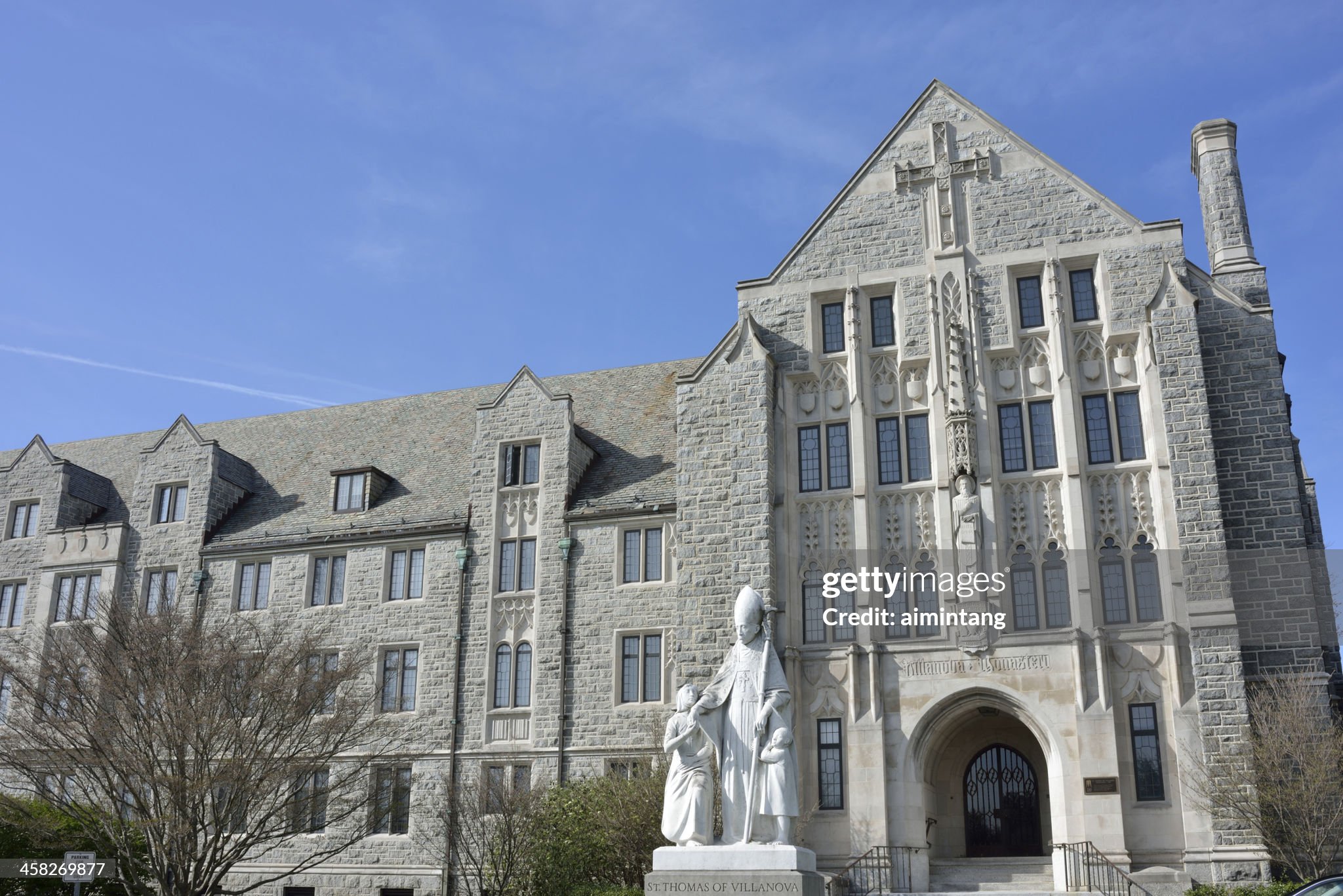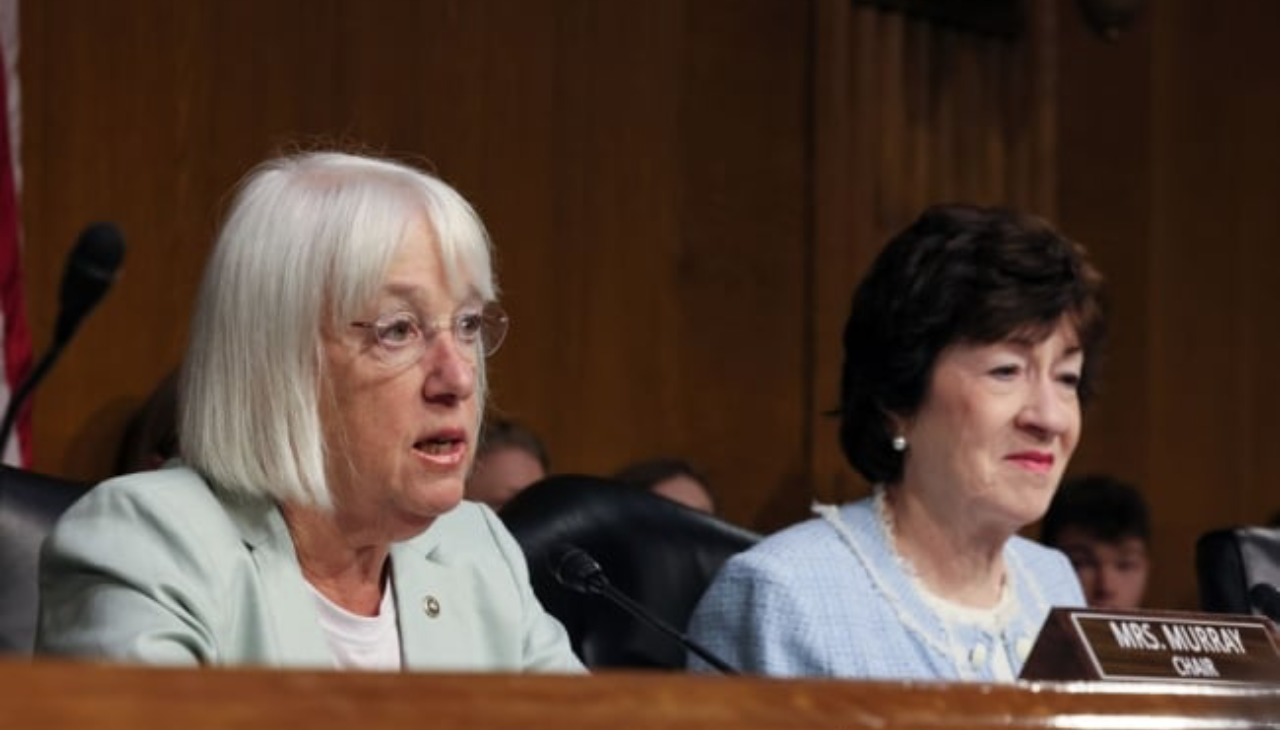
Latinos in space
Hispanic Heritage has impact not only in the United States but also out of this world, and to prove it, AL DÍA News interviewed Latino astronauts who are doing…
Hispanic Heritage has impact not only in the United States but also out of this world, and to prove it, AL DÍA News interviewed Latino astronauts who are doing their part to open the frontier of space to more people on earth.
The club of Latino astronauts at NASA may only have a dozen members, but there’s no doubt they play important roles in the history and present of the aeronautics and space administration and in the future of commercial spaceflight —a $300 billion industry in which the United States is not the only player.
In 1986, the Mexican American Ellen Ochoa became the first Latina to go to space, and in 2012 she was named director of the Johnson Space Center in Houston, where astronauts are trained, research is conducted, and spaceflights are controlled.
Joseph Michael Acaba, who became the first Puerto Rican to go to space in 2009, currently works supporting the launch, reentry and landing of spacecrafts from Kennedy Space Center in Florida.
The list of veteran astronauts highlights the diversity of Latinos in the United States and includes Mexican-Americans, like Sidney Gutierrez and José Hernández; Carlos Noriega, who was born in Peru, and George Zamka of Colombian background.
There are also some Latino astronauts who have set records out of this world, and with whom AL DÍA talked about traveling into space and life after NASA.
After setting a record for the 215 days he spent in space on a single mission, and for nearly 68 hours of extra-vehicular activity or spacewalks, the Spanish-born Michael López Alegría retired in 2008 to become president of the Commercial Spaceflight Federation.
He’s proud of the records he set, but humble when he says he was at the right place at the right time.
“It would be disingenuous to say that I was chosen when I just happened to be there at a point where there were a lot of space walks going on and I was assigned to those missions,” López Alegría said.
He said the commercial spaceflight industry is at a very exciting point — there is a lot more going on than the first tourist flights slated for 2015.
“People will be able to go to the edge of space, and then come straight back down, but they will be able to see the planet from that altitude and to experience a few minutes of microgravity,” López Alegría said. He added that it is the democratization of space travel.
“So far 560 people or so have been to space in the history of humanity, which isn’t very many. But between the two companies that are offering commercial spaceflights, there are over a thousand that have already signed in to do it,” he said.

In the past, a handful of eccentric millionaires have paid between $20 and $40 million to travel to space. By comparison, the $250,000 price tag of tourist spaceflights next year seem accessible to some, although not to the average citizen.
While regulation around commercial spaceflights in the United States is pretty good, according to López Alegría, the main challenges are still technical and financial. In the past, only governments had the resources to invest in space travel, but now different companies are betting on this industry.
“Nobody has really made a lot of money in a commercial spaceflight company so investors are not that eager to get involved,” López Alegría said. “It’s more about passion than about making money right now, but that will change.”
According to him, as space travel begins to operate commercially with spacecrafts that can be used repeatedly and frequently, demand will drive prices down.
Meanwhile, there are spaceflight companies that are already operating beyond tourism. Some of them, for example, work in the development of orbital spacecrafts to take NASA astronauts and cargo to the International Space Station.
Ad Astra Rocket, was founded by Franklin Chang Díaz, from Costa Rica, who in 1986 became the first Latino immigrant and naturalized U.S. citizen to go to space as part of NASA, and who shares the record for the most spaceflights in the history of the administration, with a total of seven.
After working in NASA for 25 years, and leading the Advanced Space Propulsion Laboratory at the Johnson Space Center for almost a decade, Chang Diaz retired in 2006 to found his own company.
“Basically we privatized a project that I was leading while I was at NASA, developing a new type of plasma propulsion system to transport from point to point in space,” Chang Díaz said.
Convincing the government of privatizing a NASA laboratory for the first time in history was not easy.
“Once I presented my case to the NASA leadership, they considered it to be in the best interest of the United States,” he said.
NASA currently operates with an $18.4 billion budget, but, according to Chang Díaz, most of it is used to pay salaries while only a small part goes to developing new technology.
“Typically when something is privatized it ends up developing faster and much more efficiently,” Chang Díaz said. “In less than 10 years since we privatized the laboratory we have accomplished more than we did in 25 years in NASA.”
During his time at NASA he conducted a great amount of research to develop a new type of rocket, but it wasn’t until he privatized the laboratory that he managed to create the Variable Specific Impulse Magnetoplasma Rocket, or VASIMR, which he now employs in his business.

His clients include satellite operators, for which he provides maintenance and removal when necessary.
“There are thousands of dead satellites in orbit and a growing number of orbiting trash, and somebody has to clean it up before it becomes too polluted,” Chang Díaz said. “You get to a point where near-earth space will be so full of trash that people won’t be able to fly there.”
His business has also diversified into other fields, and he is working in developing renewable energy in Costa Rica to address the country’s dependence on foreign oil.
“It’s a huge burden on the economy so we are trying to change that,” Chang Díaz said. “We are going to produce hydrogen with wind and solar energy.”
For now, Chang Díaz is not considering venturing into space tourism but he hopes that his contributions will serve to open up the industry to more people.
“Space cannot be confined to a few astronauts to represent humanity,” Chang Díaz said. “We need to be able to expand it and open it up to the private sector to make it reliable, cheap and safe so that everybody can fly”.
Danny Olivas is another Latino astronaut who has continued expanding on the knowledge that he acquired as a NASA and applying it to his own engineering consulting company, Olivas & Associates. Since last year, he is also the director of space initiatives at the University of Texas at El Paso (UTEP), his alma mater, and director of the Center for the Advancement of Space Safety and Mission Assurance Research (CASSMAR) at the same campus.
“There’s a number of different space related activities going on at UTEP, and the university wanted me to look for opportunities for expand its footprint in the space industry,” Olivas said. “The intent of the center is to identify research opportunities related to human space flight that could aid in reducing risks to mission success and ultimately to human safety in space.”
To that end, Olivas and a group of young researchers at the university are studying and conducting experiments with the remains of the spacecraft Columbia, which in 2003 disintegrated as it reentered Earth's atmosphere, killing all seven crew members.
The objective is not to build a spacecraft but rather to learn more about diverse materials and systems so that spacecraft designers can build more reliable shuttles for the future generation of space explorers.

Olivas and his team have been studying titanium alloys used in the Columbia, which underwent an exothermic reaction and combustion.
“The current design philosophy is a zero tolerance protection system, which means once it’s compromised there is no backup to it,” Olivas said. “We are trying to determine whether the Columbia could have been designed in such a way that it underwent what is referred to as graceful degradation to provide an opportunity for successful retrieve of the crew.”
Eventually Olivas hopes to see that the lessons learnt through his labor at UTEP are applied to benefit the general public: “That the commercial and tourist spaceflight companies have an opportunity to succeed so that when the day comes private citizens can actually experience what I experienced in orbit ,and come home to their family just like I did.”
For Olivas, it is a great satisfaction to work with young researchers at UTEP, and to serve as a role model at the university where he studied, and at which Latinos are the vast majority of the student body.
“I’m demonstrating to students that I’m no different than they are, that at one time I walked in their shoes in the same school, and that my family had a very similar story to their own,” Olivas said. “I’m also getting students involved and making them — right now — contributors to our next generation of space explorers. They may be designing or developing research or products that will ultimately ensure their safety in their space mission.”










LEAVE A COMMENT:
Join the discussion! Leave a comment.